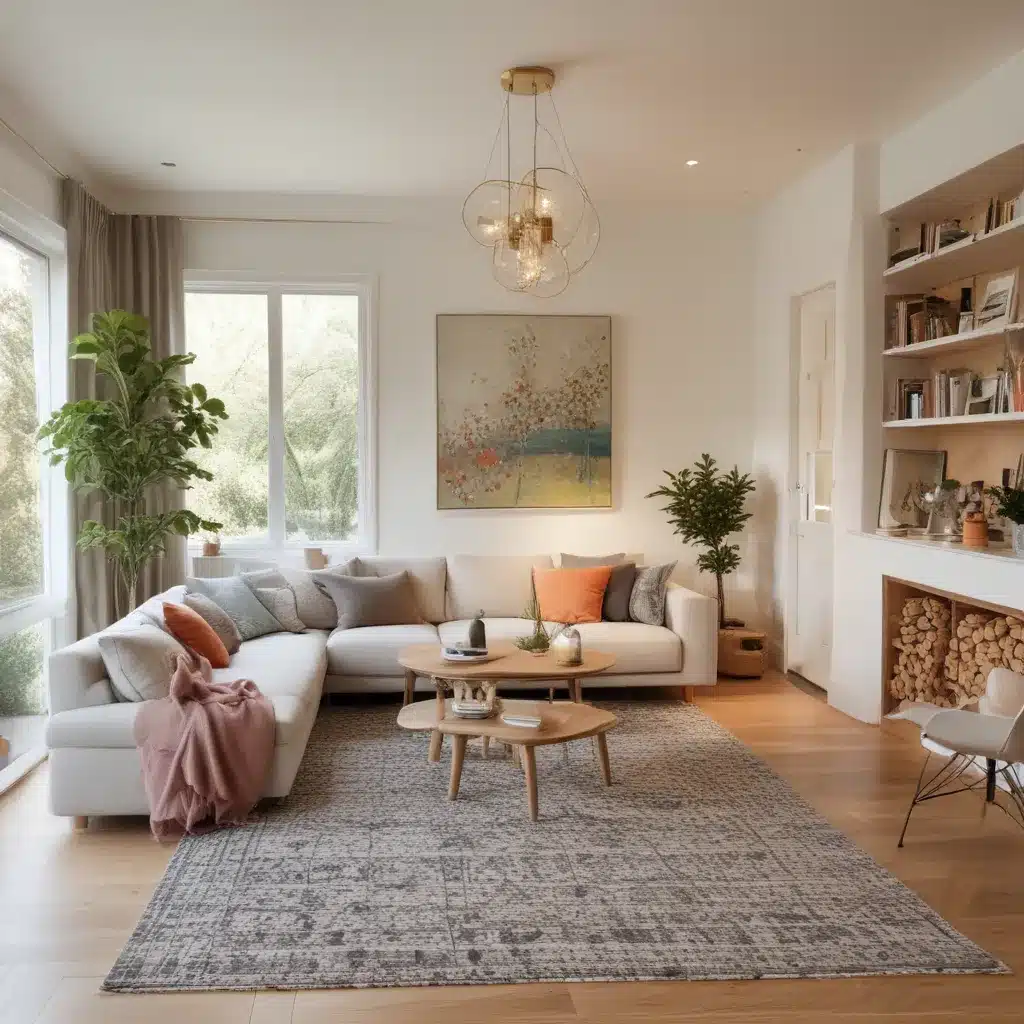Unlock the Secrets of Spatial Design for a Harmonious Home
As a cleaning service professional in Nottingham, UK, I’ve seen my fair share of living spaces. From cozy flats to sprawling townhouses, each home has its own unique character and energy. But did you know that the very design of your space can significantly impact your mood, productivity, and overall well-being? It’s true! Spatial design is a powerful tool that can help you create a sanctuary of tranquility and positivity.
Let me take you on a journey through the fascinating world of spatial design. Imagine walking into a room that instantly puts you at ease, where every element seems to flow together seamlessly. That’s the power of spatial design in action. By strategically arranging the layout, lighting, and furnishings of a space, we can cultivate an environment that nourishes the body and mind.
Embrace the Principles of Feng Shui
One of the most well-known approaches to spatial design is the ancient Chinese art of feng shui. Feng shui is all about harnessing the natural flow of energy, or “chi,” within a space. By aligning your home’s layout and decor with these principles, you can create a harmonious and rejuvenating atmosphere.
The Spruce offers an insightful guide on feng shui for the bedroom, the most important room in your home. They recommend positioning your bed in the “commanding position” – diagonal from the door, but not directly in line with it. This simple adjustment can do wonders for the energy flow and your overall sense of security and rest.
Equally important is the idea of minimalism in the bedroom. Decluttering and removing electronic devices can help create a soothing, distraction-free environment. As the experts at The Spruce explain, “Besides a comfortable bed with feel-good linens, a solid headboard, and a grounding rug, eliminate whatever else you can.”
Embrace Sustainable Design Principles
Spatial design is not just about aesthetics – it’s also about sustainability. Econyl outlines five key principles of sustainable interior design that can help you create a greener, more eco-friendly living space.
One of the most important factors is energy consumption. By optimizing your home’s heating, lighting, and insulation, you can significantly reduce your carbon footprint. Something as simple as choosing the right window treatments can make a big difference. As the Econyl article states, “Curtains and drapes keep both cold air and the sun’s heat outside. Window coverings, blinds and shades enable residents to control the building’s temperature in an energy efficient way by opening and shutting them as needed.”
Another crucial aspect of sustainable design is material selection. Opt for natural, quickly renewable materials like bamboo, or seek out products with eco-friendly certifications like the FSC label for responsibly sourced wood. This not only reduces your environmental impact but also creates a healthier, more visually appealing space.
Embrace the Power of Natural Light
One of the most transformative elements of spatial design is the strategic use of natural light. As Andersen Windows notes, natural light doesn’t just look good – it can also improve your mood, boost productivity, and even reduce energy costs.
Imagine stepping into a room flooded with sunlight, where the warm glow seems to embrace you. This connection to the outdoors can have a profoundly calming effect, helping to alleviate stress and anxiety. And by thoughtfully positioning your furniture and decor, you can maximize the benefits of natural illumination throughout your home.
Of course, managing the intensity of natural light is also crucial. That’s where the right window treatments come into play. Andersen’s selection of patio door retractable screens and storm doors can help you strike the perfect balance, allowing you to enjoy the great outdoors while maintaining an energy-efficient, comfortable indoor space.
Embrace the Beauty of Biophilic Design
As we delve deeper into the world of spatial design, one concept that truly resonates is biophilic design. This approach recognizes the inherent human need to connect with nature, even in our built environments.
The U.S. Department of Energy explains the benefits of incorporating natural elements into your home, noting that “being surrounded by elements from nature (or ones that mimic nature) has a calming effect in general.” This could mean incorporating lush houseplants, natural materials like wood and stone, or even living walls that bring the outdoors in.
But biophilic design isn’t just about aesthetics – it’s also about creating a healthier, more rejuvenating living space. By blending the boundaries between inside and out, you can boost your mood, reduce stress, and even improve air quality. It’s a holistic approach to design that truly values the wellbeing of both you and the environment.
Embrace the Power of Personalization
Ultimately, the magic of spatial design lies in its ability to reflect your unique personality and lifestyle. As you experiment with different layouts, materials, and design elements, don’t be afraid to let your creativity shine. After all, your home should be a sanctuary that nourishes your soul and inspires you to live your best life.
Perhaps you’re drawn to the soothing hues of a clean, well-organized space or the vibrant energy of a more eclectic, maximalist aesthetic. The choice is yours, and the possibilities are endless. By embracing the principles of spatial design, you can transform your living space into a harmonious oasis that uplifts your mind, body, and spirit.
So, what are you waiting for? Start exploring the world of spatial design and get ready to breathe new life into your home. Your personal sanctuary awaits!







